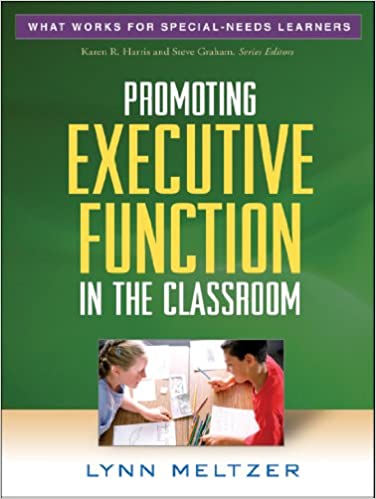Diversifying Your Classroom Book Collections? Avoid these 7 Pitfalls
 As protests against racial injustice spread to communities large and small in this year, many educators have been pushed to examine how systemic racism harms students. Some have publicly proclaimed the steps they will take to create anti-racist schools, including diversifying classroom and library bookshelves.
As protests against racial injustice spread to communities large and small in this year, many educators have been pushed to examine how systemic racism harms students. Some have publicly proclaimed the steps they will take to create anti-racist schools, including diversifying classroom and library bookshelves.
Building a classroom library that offers “windows, mirrors and sliding glass doors” to all children is more than a numbers game. It requires thoughtful curation of who is represented and how. Below are seven pitfalls to avoid when deciding what to leave in and out, accompanied by more than 50 title recommendations based on conversations in this piece to help kickstart the journey.
Showing only suffering
Alongside surging sales of adult books addressing race and racism, lists of books to help broach those topics with children circulated — especially among white teachers and parents — across the internet this summer. It’s important and necessary for children and teens to learn how to talk about race and understand the historical injustices faced by marginalized communities, but those books should not be the only place children of color appear on bookshelves.
Surface-level Diversity
In a live episode of the “Book Friends Forever” podcast, author-illustrator Grace Lin said it is tempting for picture book creators to make a similar mistake. “I want to make sure the (diverse books) that are created are ones that are not just done just because people are saying ‘Ah, we need diversity! Let’s throw some dark skin on that character!’ That’s very shallow and a little insulting,” she said.
Ignoring Intersectionality
Three decades ago, legal scholar and civil rights activist Kimberlé Williams Crenshaw coined the term “intersectionality” as a way of examining how courts failed to account for the overlapping forms of discrimination faced by Black women. Today, the term is used more broadly to refer to the way race, class, gender, sexuality and other characteristics overlap and shape individuals’ experiences.
Sidekick Syndrome
Many authors of color and indigenous authors today say that they either didn’t see themselves represented in books as kids or when they did, the characters were sidekicks, stereotypes or both. Through their own books, these authors offer portrayals that center and celebrate kids from many identities.
Treating Groups as Monoliths
Author Padma Venkatraman doesn’t mind being mistaken for Pulitzer Prize winner Jhumpa Lahiri, but she doesn’t think they look alike. “Nor do we all, within a given group, share the same views,” Venkatraman wrote in a 2018 blog post.
Excluding #OwnVoices
In 2015, amid the growing push for greater diversity in children’s books, Corrine Duvyis, author and cofounder of the Disability in Kidlit website, suggested using the hashtag #OwnVoices “to recommend kidlit about diverse characters written by authors from that same diverse group.” The goal, Duyvis wrote, was “not to discourage people from writing outside their own experiences. It’s to lift up those who are often ignored.”
Stopping at the Text
Stocking classroom and library shelves with diverse and inclusive texts is one step toward more equitable schools, but it’s not enough to buy the books and stop there, according to educator and children’s author Lisa Stringfellow and Michelle H. Martin, the Beverly Cleary Professor for Children and Youth Services at the University of Washington Information School.
Excerpted from “Diversifying Your Classroom Book Collections? Avoid these 7 Pitfalls” in KQED’s Mind Shift. Read the full article online for additional detail on each of the pitfalls as well as book recommendations for your diversified classroom library.
Source: Mind Shift | Diversifying Your Classroom Book Collections? Avoid these 7 Pitfalls, https://www.kqed.org/mindshift/57026/diversifying-your-classroom-book-collections-avoid-these-7-pitfalls? | © 2020 KQED INC
CHC offers free community education sessions for educators. Join us to learn practical teaching strategies you can use in your classroom to help more kids reach their promise and potential. Educator sessions are led by experienced educator/clinician teams from Sand Hill School and CHC.





